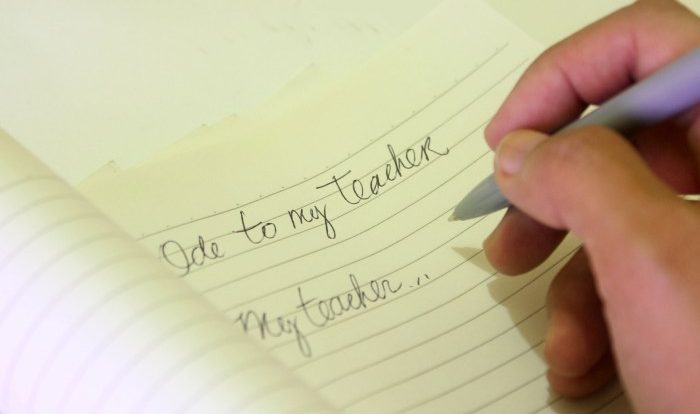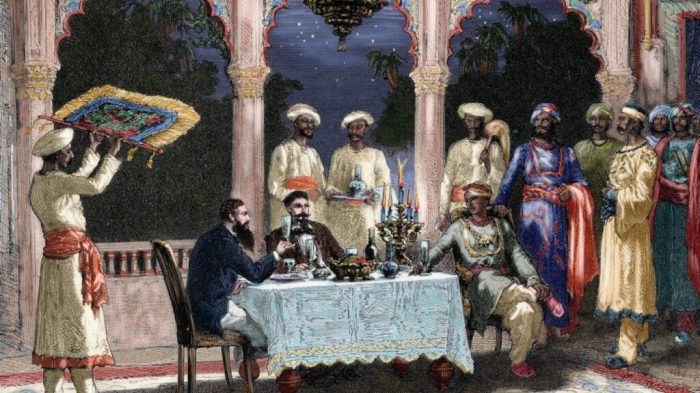Embark on an enigmatic literary journey with our Lord of the Flies Crossword Puzzle. Dive into the depths of William Golding’s timeless masterpiece, exploring the complexities of human nature, the clash between civilization and savagery, and the profound themes that resonate within us all.
From the symbolic significance of Piggy’s physicality to the evolution of Jack’s character, our crossword puzzle challenges you to unravel the intricate tapestry of this classic novel. Prepare to engage your mind and delve into the depths of Lord of the Flies, uncovering its hidden meanings and enduring legacy.
Character Analysis
William Golding’s Lord of the Fliesis a thought-provoking novel that explores the complex nature of human beings, especially when stripped of the constraints of civilization. The characters in the novel represent different aspects of human nature, and their interactions and conflicts provide valuable insights into the human psyche.
Piggy’s Physical Appearance and Character Traits
Piggy, the overweight and asthmatic boy, is often seen as a symbol of intellect and reason. His physical appearance reflects his character traits: his thick glasses represent his clear-sightedness, while his wheezing and clumsy movements symbolize the obstacles he faces in a world dominated by physical strength.
Jack’s Transformation from Choirboy to Savage Leader
Jack, initially a choirboy, undergoes a dramatic transformation throughout the novel. As the boys become increasingly isolated and primal, Jack embraces his savage instincts and becomes the leader of the hunters. His transition from a civilized boy to a ruthless leader highlights the fragility of human civilization and the ease with which it can be corrupted by fear and violence.
Comparison of Ralph and Jack’s Leadership Styles
Ralph and Jack represent two contrasting leadership styles. Ralph, the elected leader, attempts to maintain order and reason, while Jack appeals to the boys’ primal instincts and desires. Their contrasting approaches reflect the struggle between civilization and savagery within the human soul.
Themes and Motifs
Lord of the Fliesexplores the fundamental conflict between civilization and savagery, highlighting the fragility of human nature. The novel also employs recurring symbols and motifs that enhance its thematic depth.
Civilization vs. Savagery
The novel depicts the gradual descent of a group of British boys into chaos and violence. Initially, they attempt to establish a democratic society with rules and leadership. However, as fear and primal instincts take hold, their civilized veneer crumbles, revealing the underlying savagery that lurks within them.
The Conch as a Symbol of Order
The conch shell serves as a symbol of order and authority throughout the novel. When it is blown, the boys gather for meetings and are expected to abide by its rules. However, as the boys succumb to their darker impulses, the conch is broken, signifying the collapse of civilization.
The Recurring Motif of Fear
Fear is a pervasive force in Lord of the Flies. It manifests in various forms, from the primal fear of the unknown (the beast) to the social fear of being ostracized. Fear drives the boys’ actions and ultimately leads to their downfall.
Literary Devices
William Golding’s Lord of the Fliesis a powerful and thought-provoking novel that explores the darkness lurking within human nature. The novel’s use of literary devices, such as foreshadowing, setting, irony, and symbolism, enhances its impact and enriches its meaning.
Foreshadowing
Golding uses foreshadowing throughout the novel to hint at the tragic events that are to come. For example, the opening scene of the novel, in which the boys are playing in the forest, foreshadows the violence and chaos that will soon erupt.
The boys’ laughter and games are interrupted by the sound of a conch shell, a symbol of authority and order. However, the conch is quickly broken, foreshadowing the loss of innocence and the descent into savagery that will follow.
Setting
The setting of Lord of the Fliesis a deserted island, which serves as a microcosm of the world. The island is a place of both beauty and danger, and it reflects the duality of human nature. The boys’ initial experiences on the island are idyllic, as they enjoy the freedom and adventure of their new surroundings.
However, as the novel progresses, the island becomes a place of fear and violence, as the boys’ primal instincts take over.
Irony and Symbolism
Golding uses irony and symbolism throughout the novel to highlight the hypocrisy and absurdity of human behavior. For example, the boys initially elect Ralph as their leader because he is seen as the most civilized and responsible of the group.
However, Ralph’s attempts to maintain order and reason are ultimately doomed to failure, as the boys’ savage instincts prove to be too strong.
Cultural and Historical Context: Lord Of The Flies Crossword Puzzle
Lord of the Fliesis a reflection of William Golding’s personal experiences and the historical context of the mid-20th century.
Golding’s Personal Experiences
Golding’s experiences as a soldier in World War II profoundly influenced his views on human nature. He witnessed the savagery and brutality of war, which he believed was inherent in all human beings. This belief is reflected in the novel’s depiction of the boys’ descent into chaos and violence.
Historical Context
Lord of the Flieswas written during the rise of fascism and the Cold War. These events created a sense of anxiety and uncertainty about the future of humanity. Golding’s novel explores the dangers of totalitarianism and the fragility of civilization.
Contemporary Relevance, Lord of the flies crossword puzzle
Lord of the Fliesremains relevant today as a cautionary tale about the dangers of human nature. It reminds us that even in the most civilized societies, the potential for savagery and violence is always present.
Critical Reception and Adaptations
Upon its publication in 1954, “Lord of the Flies” received mixed critical reception. Some critics praised its allegorical depth and its exploration of human nature, while others found it too pessimistic and bleak. However, over time, the novel has gained widespread critical acclaim and is now considered a classic of English literature.
The novel has been adapted numerous times for film, television, and stage. The most notable film adaptation is the 1963 version directed by Peter Brook, which is considered one of the greatest films ever made. Other adaptations include a 1990 film directed by Harry Hook, a 2006 television miniseries, and a 2018 stage adaptation by Simon Stephens.
Impact on Popular Culture and Enduring Legacy
“Lord of the Flies” has had a profound impact on popular culture. The novel’s themes of savagery, innocence, and the fragility of civilization have resonated with readers of all ages. The novel has been referenced in countless works of art, music, and literature, and its characters have become iconic symbols of the human condition.
The enduring legacy of “Lord of the Flies” is its ability to provoke thought and debate about the nature of humanity. The novel raises important questions about the role of civilization, the importance of morality, and the potential for both good and evil within us all.
FAQ
What is the significance of the conch in Lord of the Flies?
The conch symbolizes order, authority, and the fragile hope of maintaining civilization on the island.
How does Jack’s character evolve throughout the novel?
Jack’s character transforms from a responsible choirboy to a ruthless and savage leader, representing the descent into savagery.
What is the main theme explored in Lord of the Flies?
The central theme is the conflict between civilization and savagery, examining the inherent darkness within human nature.



